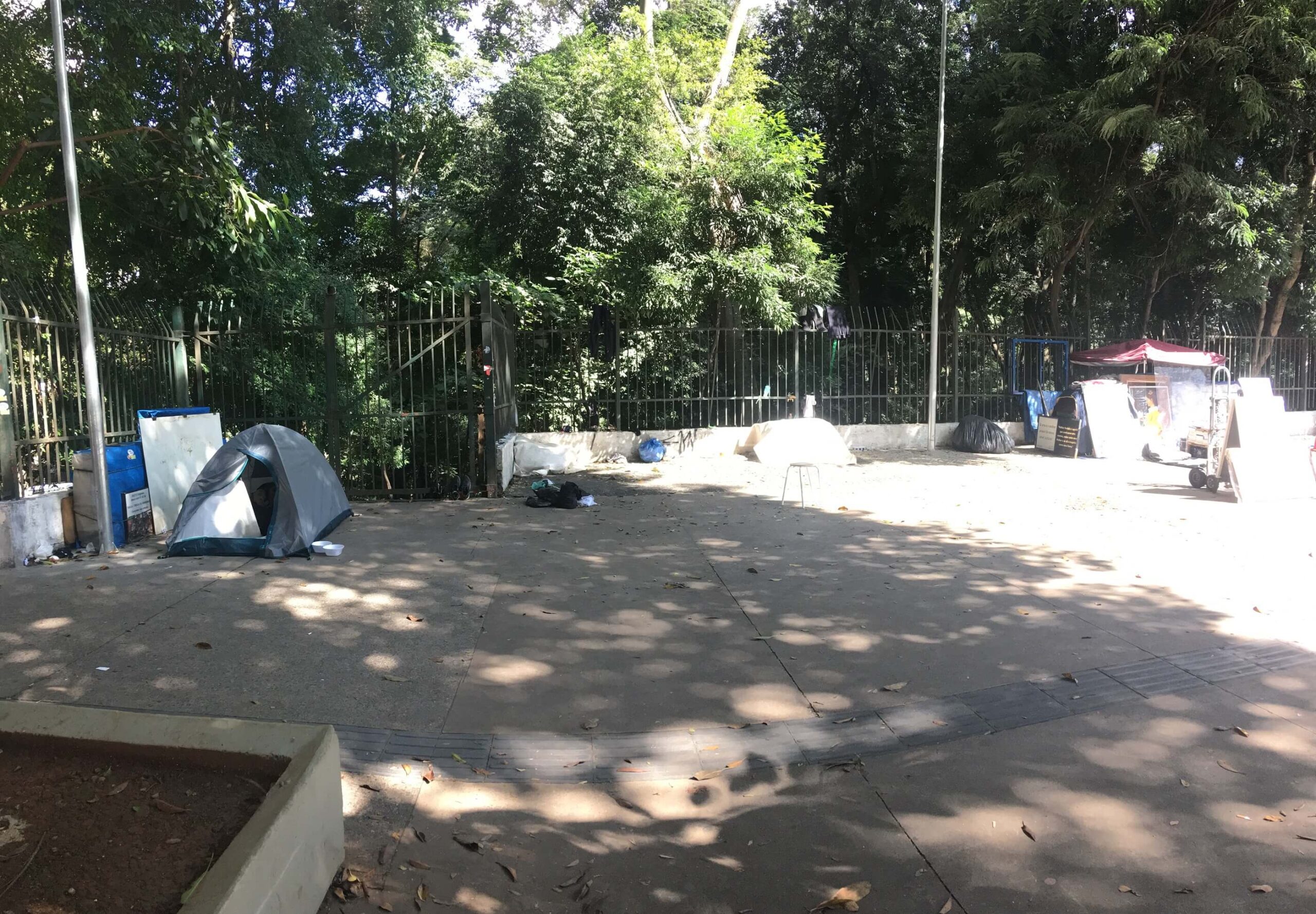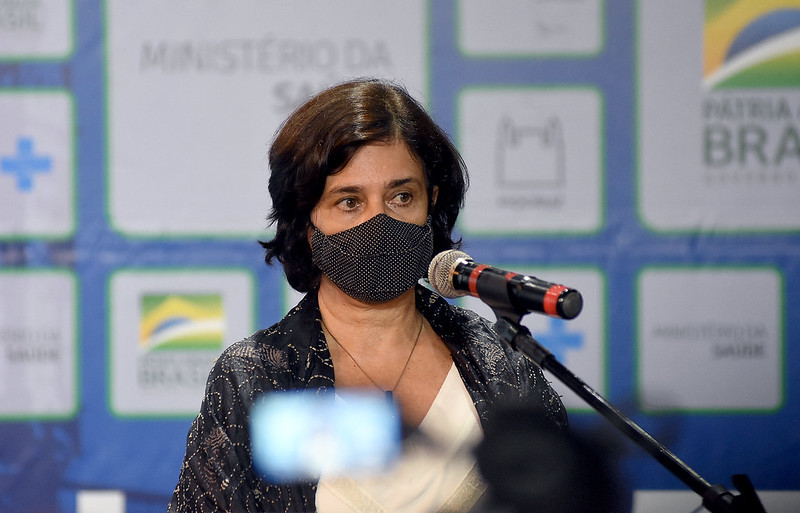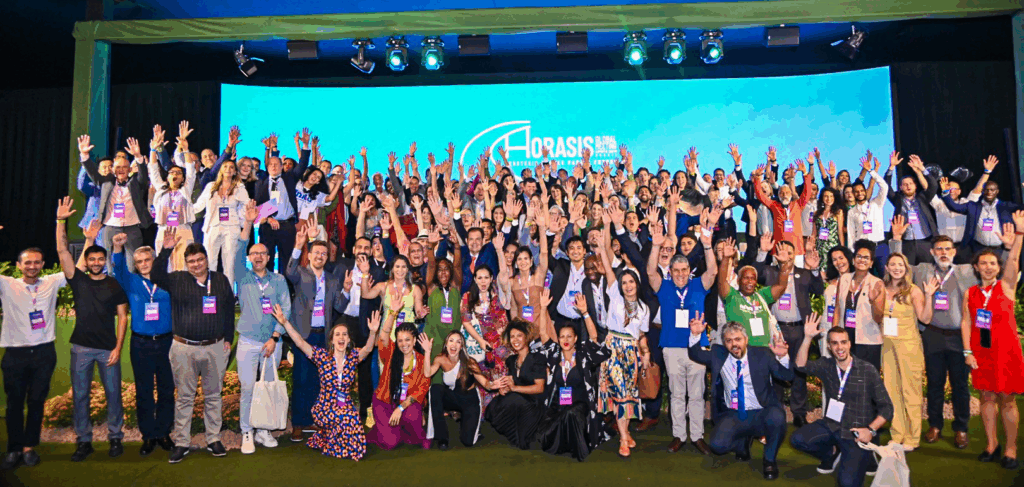São Paulo, Brazil — Strolling through Trianon-Masp Park in the heart of São Paulo’s city center is an experience of contrasts. The lush, green foliage and tropical trees that line the windy paths are dwarfed by the towering gray skyscrapers and apartment buildings that encircle the park.
Many stories below these ornate apartments, on the ground around Trianon-Masp Park, makeshift camps of unhoused people dot the landscape.
Two blocks away from the park, Regiane Cristina Albuquerque, 38, is living in a tarp tent with her husband and three dogs. She told Brazil Reports that the pandemic had forced her family onto the streets after her husband, who worked as a car washer, lost business due to Covid-19 containment policies during the pandemic.
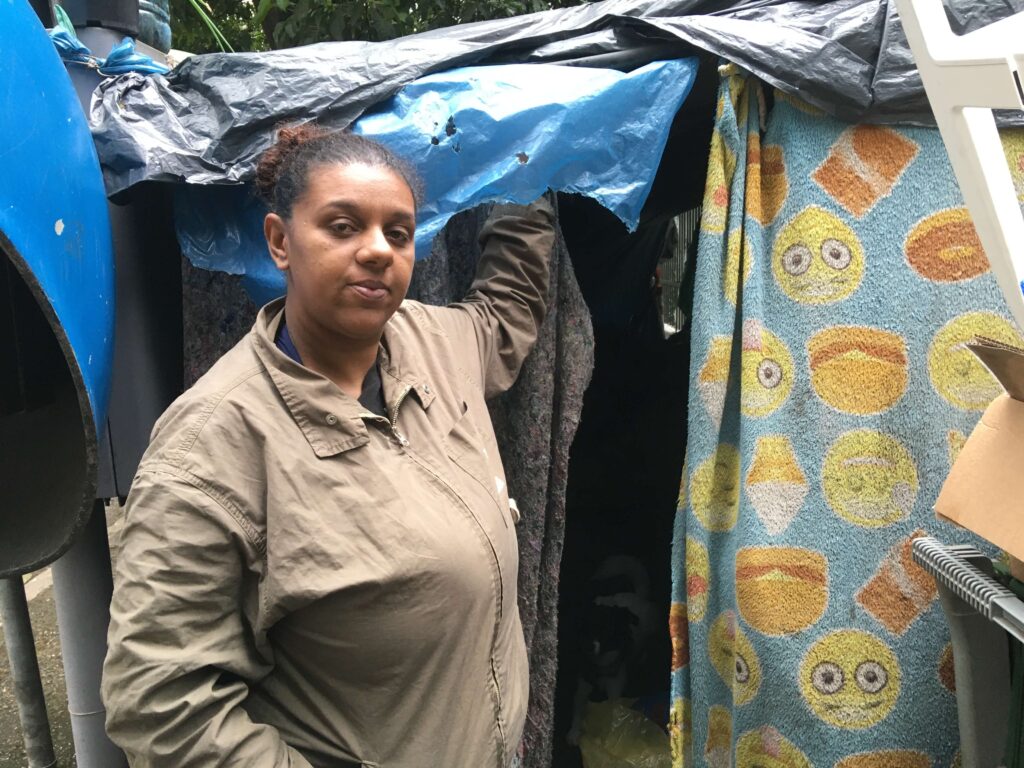
“The pandemic disrupted access to work, most people didn’t want to offer services because they were afraid of catching Covid,” said Albuquerque.
Her situation worsened, she said, after her husband suffered a heart attack and two strokes, limiting his ability to perform manual labor and making her the primary breadwinner in the family. She currently works on the streets selling handicrafts and does housecleaning, earning her about R$ 200 (USD $40) per week.
“We have noticed a stratospheric increase in the number of people on the streets, and these people were those who depended on daily work to earn their income,” Christian Braga, founder, and president of GAS Institute (Social Attitude Group), a social organization that helps the homeless, told Brazil Reports.
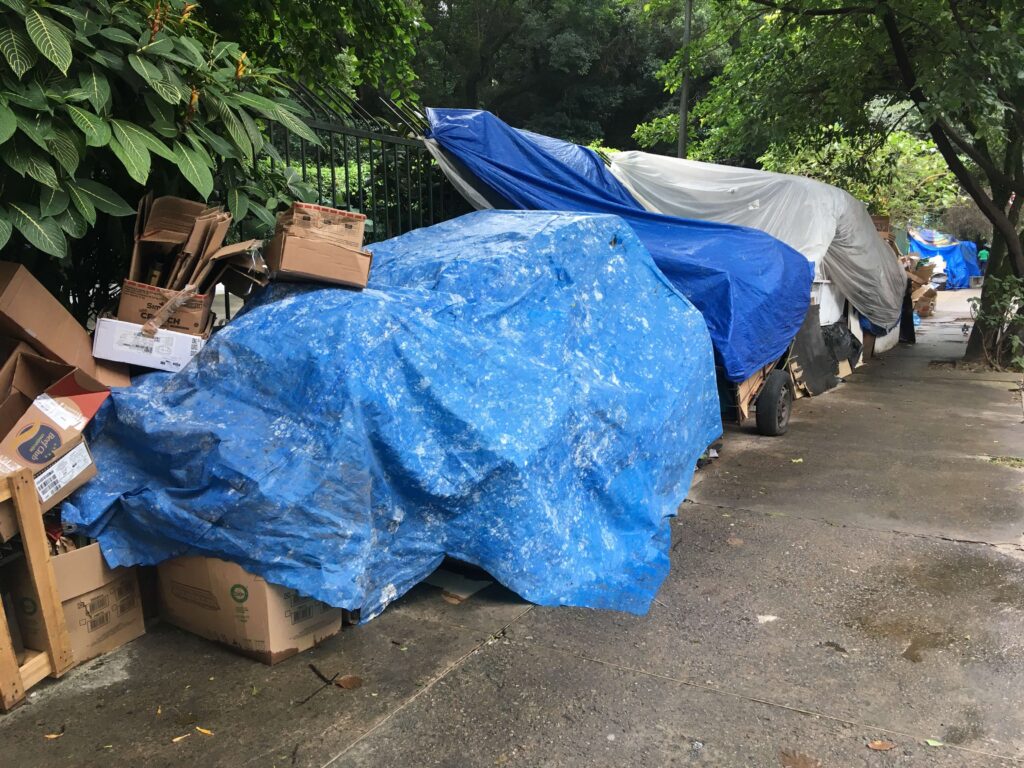
In fact, Albuquerque and her husband are two of 206,044 unhoused Brazilians across the country, according to a new report from Brazilian Observatory of Public Policies for the Population in Street Situation from the Federal University of Minas Gerais.
São Paulo, the country’s largest metropolis and the 17th richest city in the world counts 52,226 unhoused among its 12,396,372 inhabitants. For comparison, New York City, with a population of around 8.5 million, saw nearly 69,000 homeless people pass through its main shelter system in December 2022, with thousands more estimated to be sleeping in public spaces, according to the Coalition for the Homeless.
In Brazil, São Paulo’s homelessness rate is four times higher than in Rio de Janeiro and 4.7 times higher than in Belo Horizonte, the second and third cities with the largest homeless populations in the country.
The Pandemic and Homelessness in Brazil
During the height of pandemic lockdowns in 2020 and 2021, the hardest hit Brazilians were part of the country’s informal economy, those who worked selling goods and services on city streets.
Since then, the perception amongst Brazilians living in large cities such as São Paulo was that the pandemic and its economic fallout had increased the number of people living on the streets.
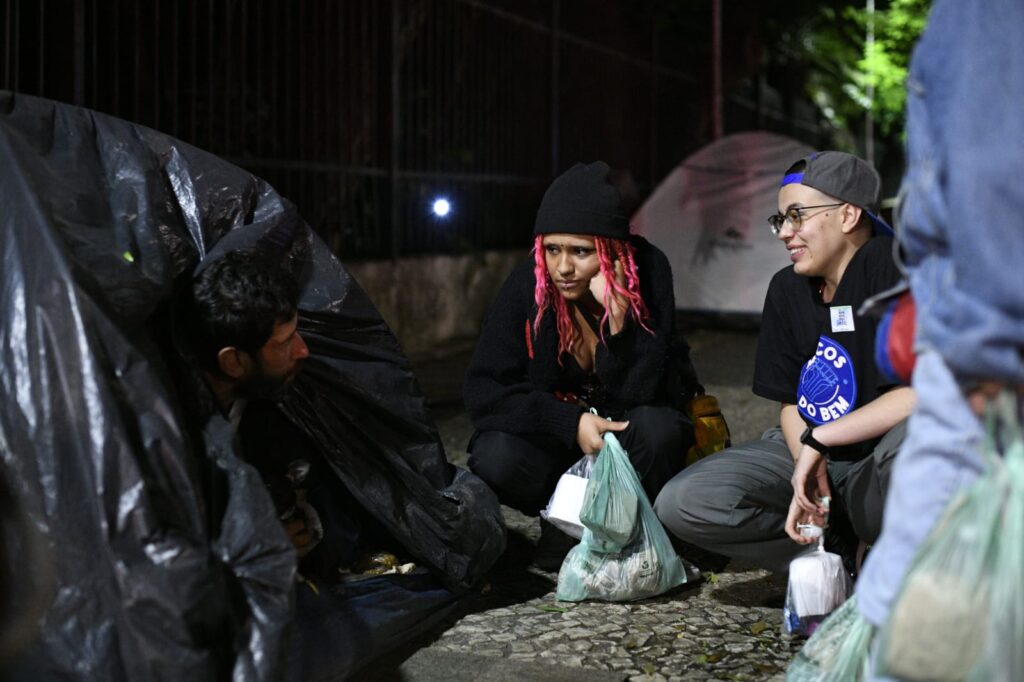
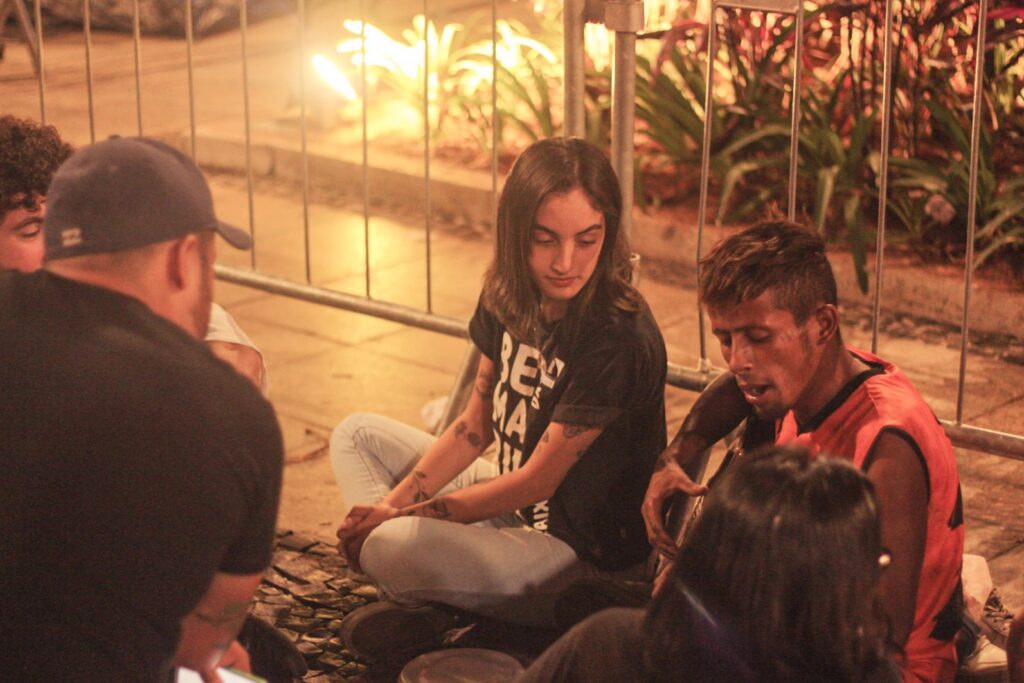
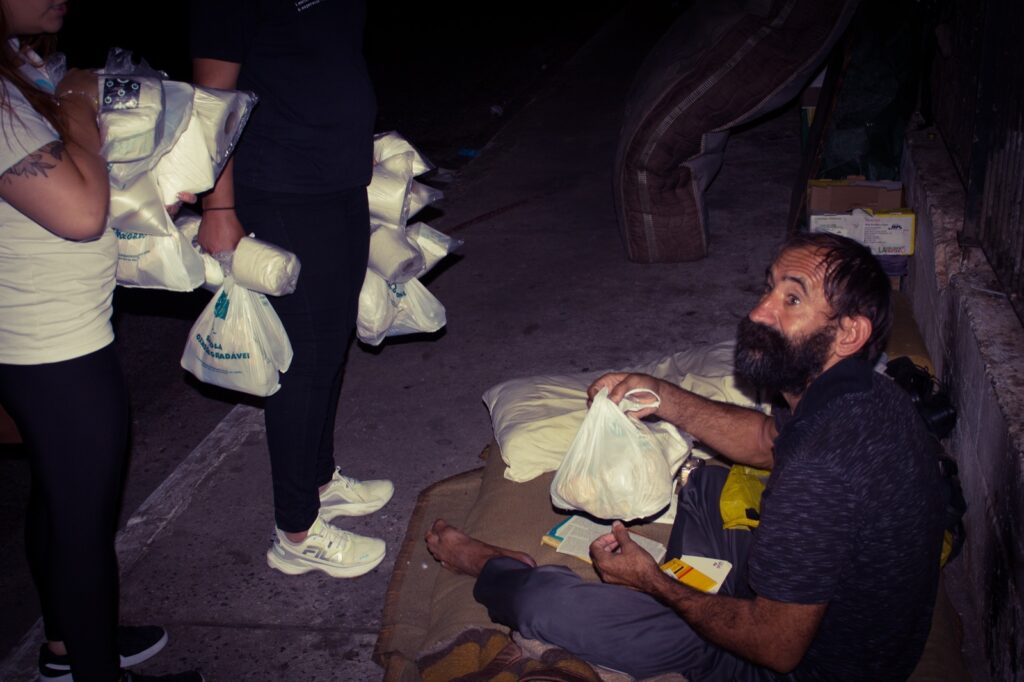
This fact was confirmed by Priscila Rodrigues, an economist with Bem da Madrugada (Well in the Middle of the Night), an NGO that works with Brazil’s homeless. She said the typical profile of an unhoused person also has changed in recent years.
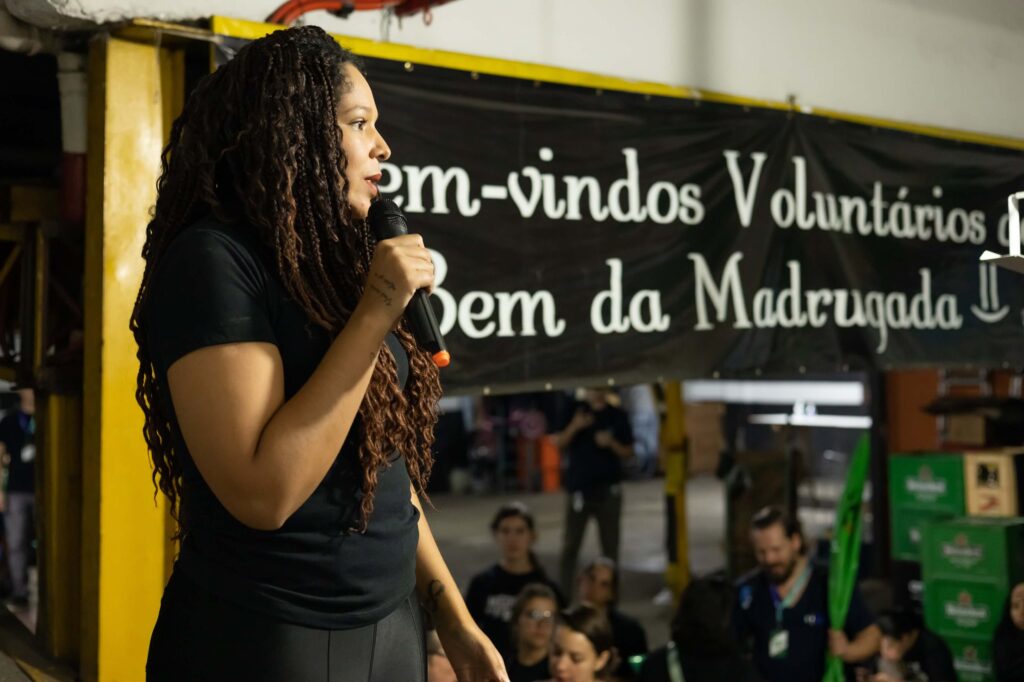
“The pandemic unfortunately brought more people to the streets and it also changed the profile. Before, it was mostly men with some kind of dependency, but today we see many families and many women, and even neighborhoods where there were no people in street situations, we can now find them,” Rodrigues told Brazil Reports.
In six years, the homeless population in Brazil jumped 49% according to data from the Brazilian Observatory of Public Policies with the Homeless Population. The number went from 138,332 in 2018 to 206,044 in 2023.
For 23 years Bem da Madrugada has been providing food, clothes, and blankets to those who live on the streets of São Paulo. Once a week, approximately 400 volunteers spread out throughout the city to provide services to the homeless. On a given night, according to Rodrigues, the NGO assists to between 800 and 1,000 people and it has grown to other Brazilian cities such as Curitiba and Belém, and even into Washington D.C. and Orlando, Florida in the United States.
Winter and homelessness
Brazil’s cold weather months in June and July — where temperatures average 14 °C (58 °F) but can drop low enough to where frost appears — have volunteers working with the homeless worried.
In fact, the cold was the reason Braga began the GAS Institute in the first place after years working as a journalist.
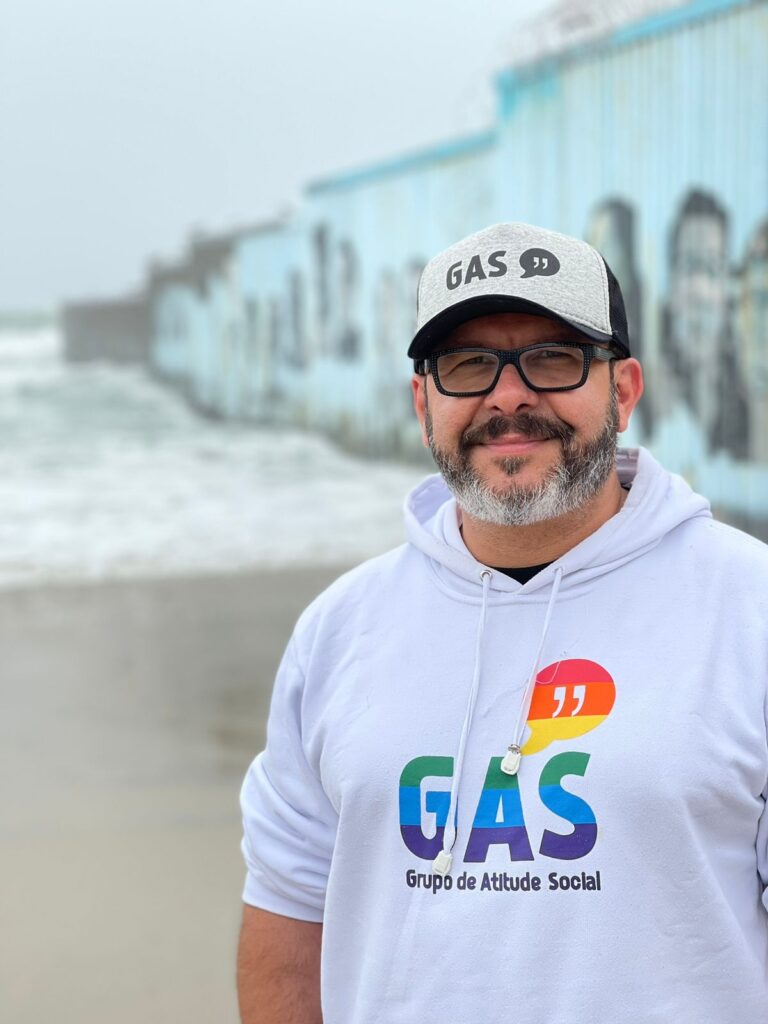
“We were born in 2016 with the goal of preventing people from dying from the cold because there was a day when four people died from the cold in the city of São Paulo and it was the end of the world for me,” he recounted. “I took some things from my wardrobe, put them in the trunk of the car, and went out delivering.”
Seven years later, the GAS Institute has grown and expanded its activities to other cities near São Paulo along with Rio de Janeiro. Once a week, hundreds of volunteers take to the streets to distribute food, clothing, personal hygiene items, and blankets.
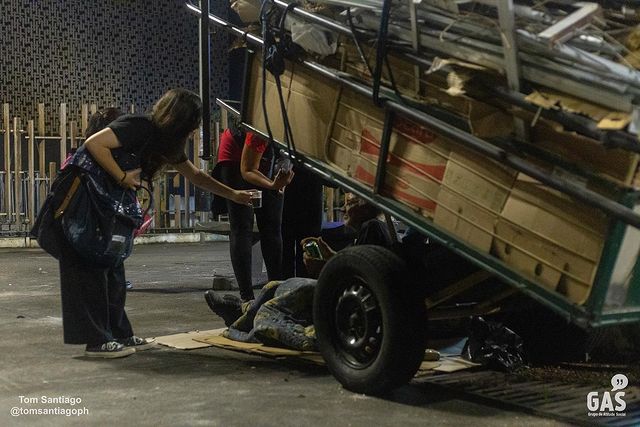
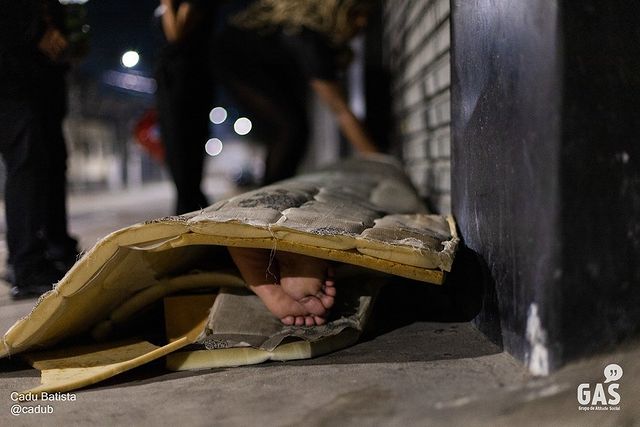
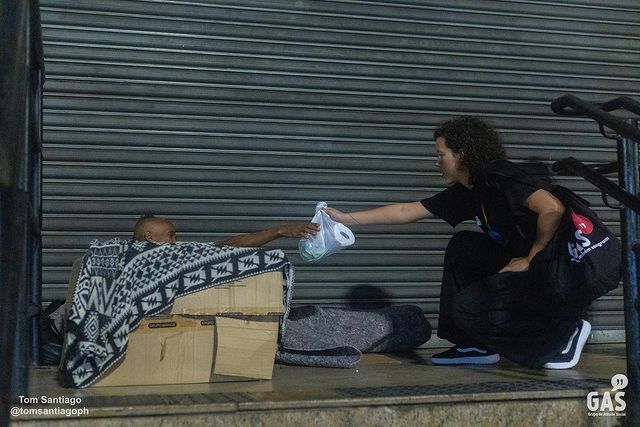
Despite the impending cold, São Paulo’s local government has carried on with a policy of removing tents and other belongings of homeless people on public streets. While the homeless are allowed to pitch tents to sleep in at night, inspection teams fan out across São Paulo to remove any tents left standing on sidewalks during the day.
The measure, according to Rodrigues, is cruel, given the current weather conditions.
“It’s a very difficult time to do this now,” she said. “It’s a time when the cold is coming and the tents are the only shelter [the unhoused] have, which can offer some protection along with blankets.”
The São Paulo city government disputed the data released by the Brazilian Observatory of Public Policies with the Homeless Population and argued that it provides more than 23,000 reception spots in places such as shelters, social hotels, and adult homes.
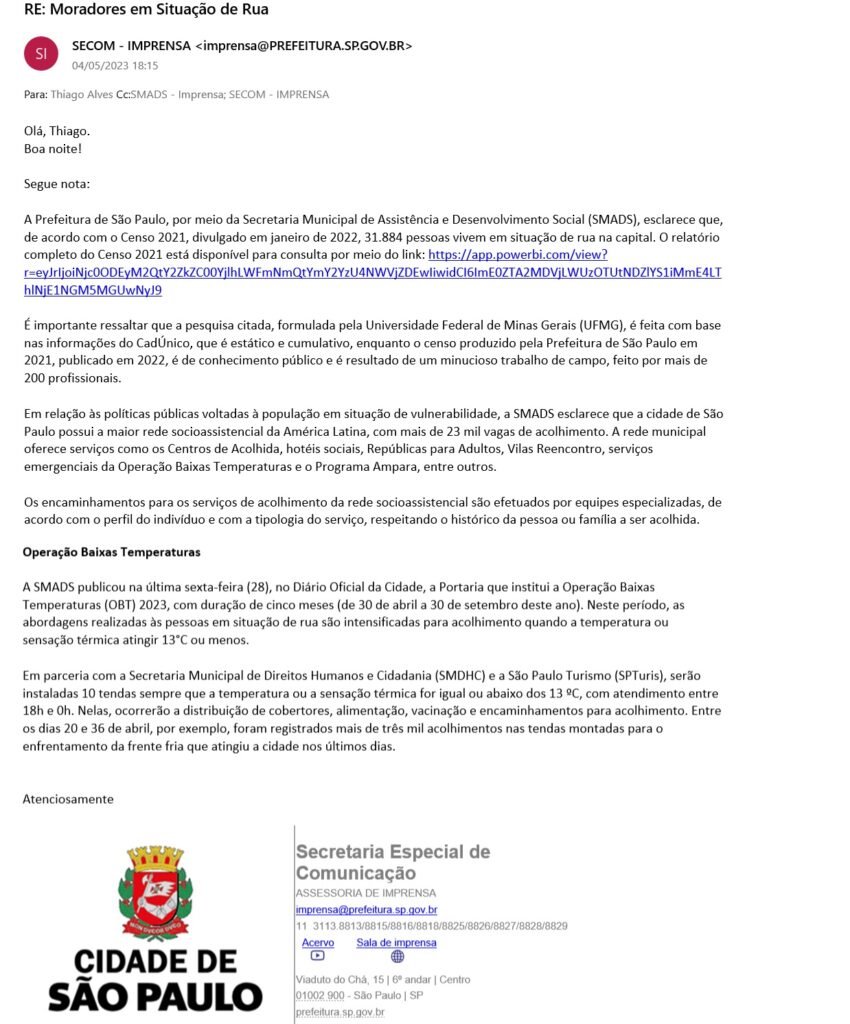
According to a statement sent to Brazil Reports, the city does not agree with the methodology used by the organization to calculate the number of homeless people and says that there are 31,884 people living under these conditions in São Paulo, not 52,226 as claimed by the observatory’s study.
The government also said that as cold weather arrives, 10 tents will be set up whenever the temperature is equal to or below 13°C (55°F), with services provided from 6:00 PM to midnight. In these locations, blankets and food will also be distributed, according to the city spokesperson.
However, the city did not respond to Brazil Reports’ question regarding the reasons for removing the tents and belongings of homeless people on city streets.
For Bruno Barbosa, 47, who has been living on the streets of São Paulo for 17 years and told Brazil Reports, “I prefer to live like this … I live on the streets, but I don’t lack anything,” the city’s actions during the winter months can be harmful.
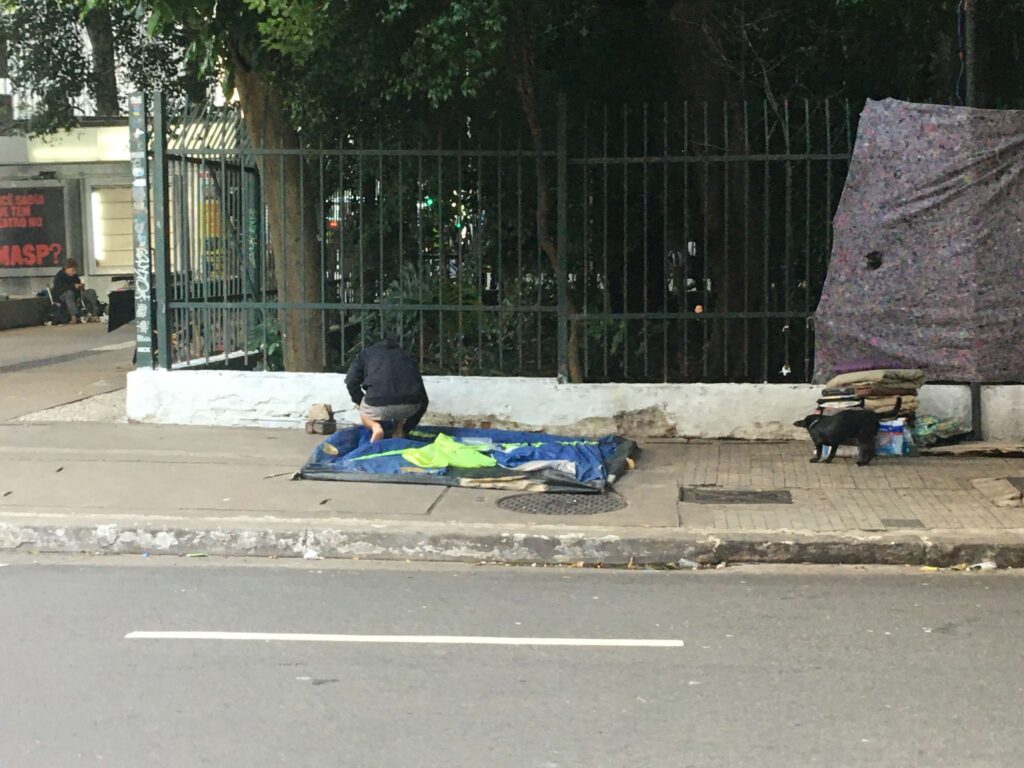
“My tent is not waterproof,” he said. “I had to buy a tarp to put on top to protect myself from the rain, but city officials took my tarp. We are going through the period of cold and rain and this ends up harming us.”


